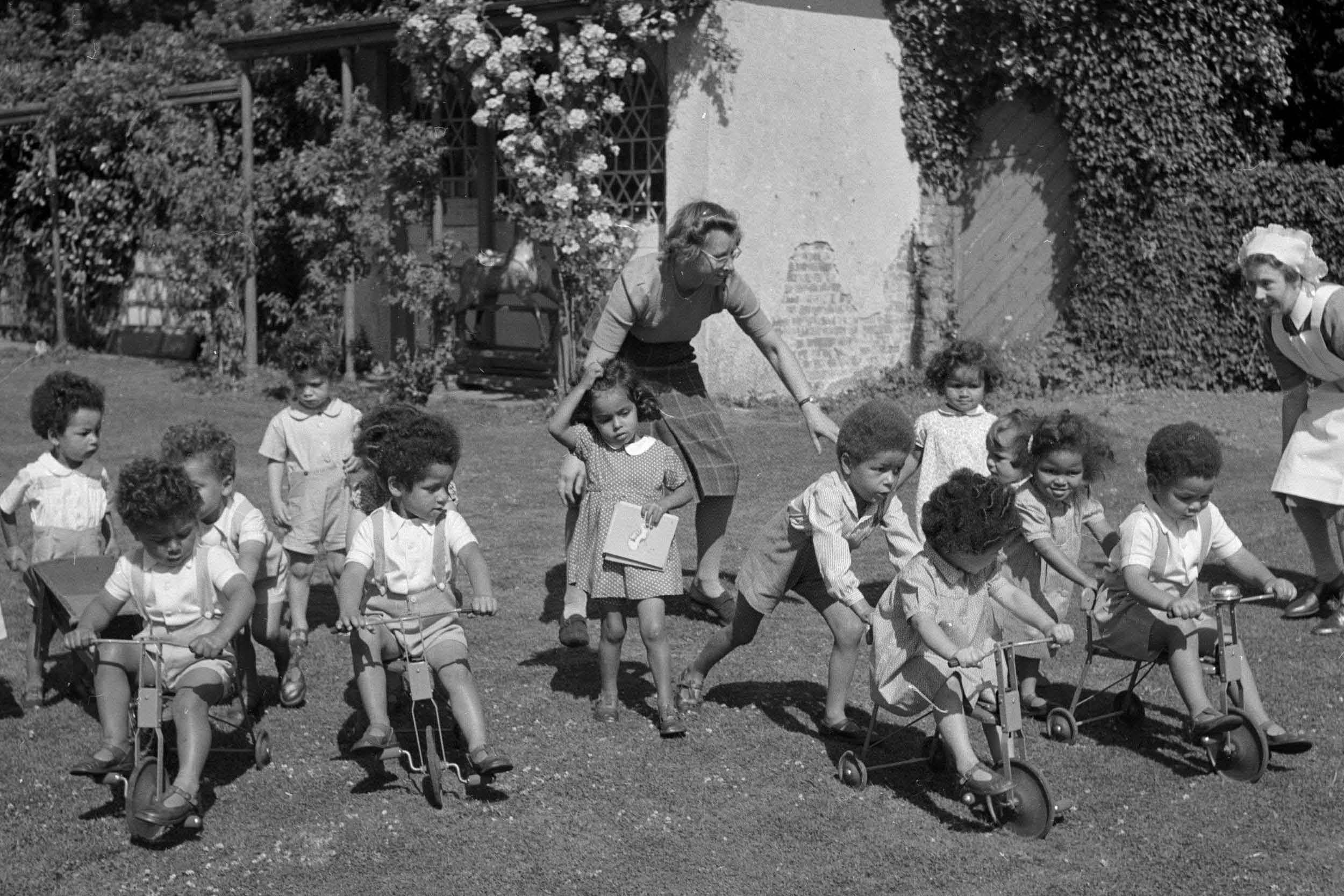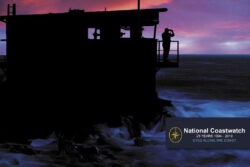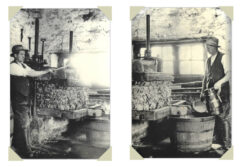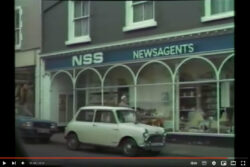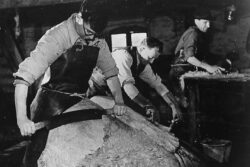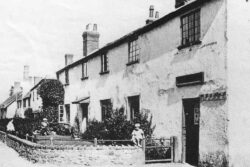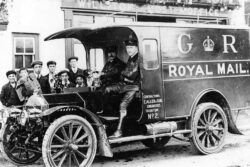Trinity Mirror / Mirrorpix / Alamy Stock Photo Photographer: Mirrorpix
British born children of US African American servicemen stationed in thr U K during WW2 seen here playing in the grounds of Holnicote House Postock in Somerset Children riding tricycles with trainer wheels
I previously wrote about evacuees in Minehead and thought these recorded memories of Mrs Connie Williams nee’ Plested who cared for children at Holnicote just after the war would be of interest. In 1945 Connie saw an advertisement in the ‘New Statesman and Nation’ which attracted her. It was for the post of Warden at the Nursery Nurses Training School at Holnicote. Despite living in Surrey and not knowing Somerset at all she applied for the post. She was called for interview in Taunton and a few days later offered the job. After visiting the Nursery she accepted.
Her first impression was of the great natural beauty of the Holnicote Estate complementing the exterior of the house. Until 1944 it was the home of the Acland family. Once in she met young girls in attractive overalls- mostly trainees- who cared for 30 – 40 under 5yr olds, 19 of whom were mixed race, the offspring of American soldiers stationed in Taunton. Black GI’s were forced to leave their loved ones and children behind as relationships between black men and white women were illegal in the US. The white children too were there for a variety of reasons, some tragic. All were equally loved as one big happy family. Some nurses ‘adopted’ one or two and when off duty took them for walks or rides in prams, to visit the Blacksmith, Mr Kent, next to Allerford School. An added attraction en route there was a small ‘tuck’ shop at Brandish
Street Corner.
The Matron, Miss Liddon, was responsible for the medical care and health of the children, whilst Connie’s time was devoted to administration and responsibility for catering, ordering stores and welfare of the nurses and domestic staff. Strict rationing was still in place involving ration books, countless coupons and form filling.
There was no TV and she only remembers one wireless but the Nurses’ Common Room did have a turn the handle gramaphone and a few records. Free time amusements were reading, chatting, knitting etc. A late night bus operated- 9.40pm from Minehead- fare 5d enabling the odd visit to the cinema. It was called the ‘Pictures Bus’.
What amazed Connie was the sort of heating in the nurseries. They were occupied by groups of children according to their age and heated by coke burning stoves, with black pipes and smoke issuing forth. Before going off duty the day nurses had to stoke the stoves and re-fill the hoppers from the coke pile in the yard.
Young male admirers would gather near the back door, hindering and hopeful. Eventually Connie hit upon the idea of marshalling their strength, allowing four of them to assist, thus suppressing their unruliness and hastening the release of their sweet hearts to everyone’s delight.
Sometimes she was able to take the toddlers, dressed in their Sunday best, to Taunton in the hope of getting them adopted.
Sometimes it was successful but not always. The Matron,Miss Liddon, resigned in 1946 and Connie in 1947. However she stayed in the area. The Nursery moved to somewhere near Taunton and some of the children went to America.
The deceased wife of Alan Davies who lives in Alcombe also worked during this time at Holnicote as did Faith Burt, wife of John Burt, both now deceased but many readers will remember them. Alan told me the Matron was so concerned about the plight of the children being returned to the US that she even lobbied Winston Churchill to take action.
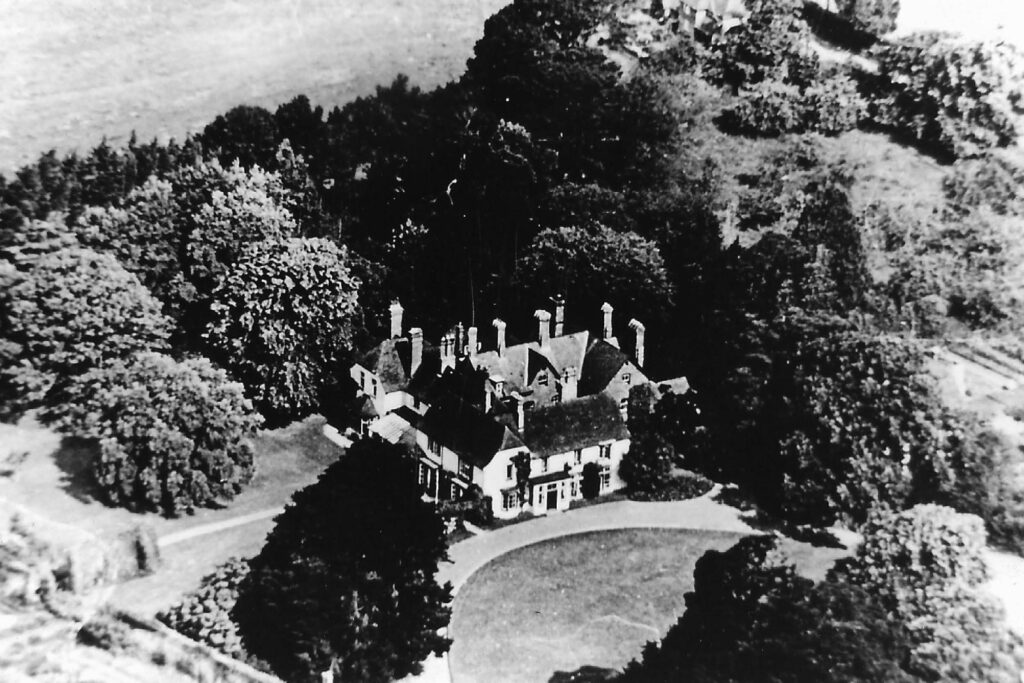
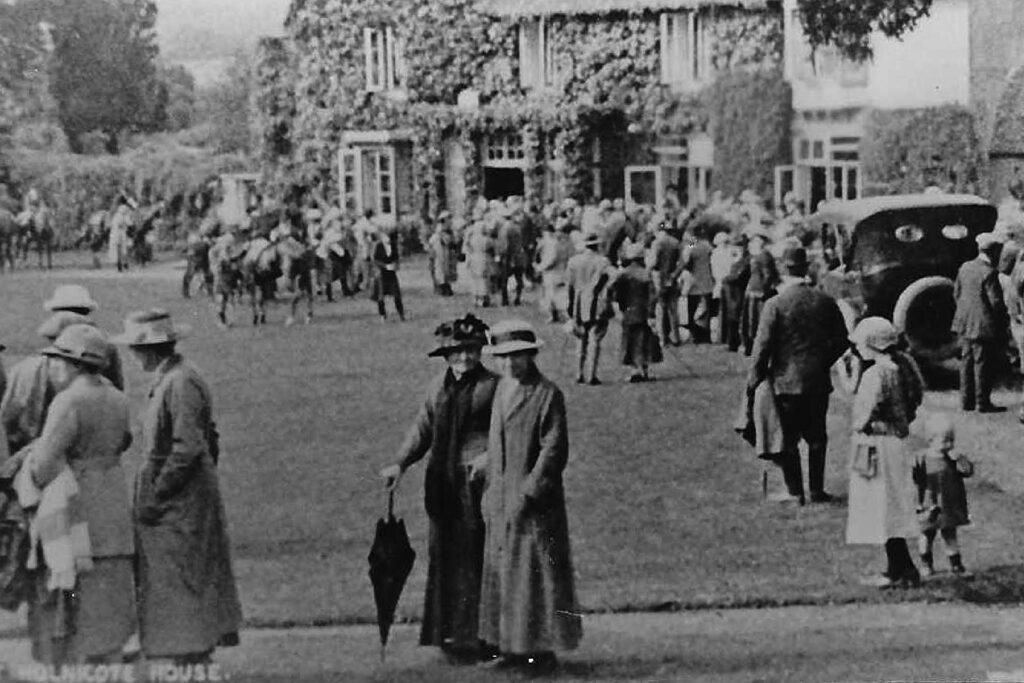
The Holnicote House described by Connie was not the original house so what is the history of this house? Holnicote (pronounced Hunnicot) was a manor in the time of the Domesday Survey in 1086 but there is no known trace of the house that existed at that time.
A late 15C building stood near to the NT Estate Yard. It was called Steynings House and its old gatehouse with its massive oak doors still stands. At some stage this was replaced by a large Queen Anne or early Georgian house which came to Sir Thomas Acland (1722-85) on his marriage in 1745 to Elizabeth Dyke.
On February 23rd 1799 it burnt down. Only the stables remain. It is said that Sir Thomas rescued his stag antlers before he bothered with the family silver!
Next on the site a long, low, cottage style, thatched building was erected which lasted until 1851 when, once again, fire destroyed it. This had been put up in the gardens of the present house. The Gun Room Cottage survives, which as its name suggests was the Gun Room of the house. The bottom of the existing swimming pool coincides with the level of the old cellar floor.
The owner, another Thomas Dyke Acland did not re-build immediately. He made Killerton in Devon his main family home.
We do know that plans were being made for the present house in 1859 and 1860 for by June 1861 it was ready for habitation. It was designed by the steward R.Birmingham who also designed some of the later cottages on the estate, including East Lodge. This new house was thatched apart from the servants’ wing that was added layer. It became the family’s second home. In 1921 the roof of the kitchen wing was re-tiled by
Sir Francis Acland.
Once again the building succumbed to fire in 1941 which destroyed much of the upper floor.
This led to the main roof being replaced using old tiles from another building on the estate. Despite the fact that the estate fire engine was not working most of the furniture was saved.
Stag hunting on Exmoor was the first attraction for its use. Although the Aclands ceased hunting at the end of the last century, they continued to support its activity in spite of opposition. Christmases at Selworthy became a much loved tradition in the 18th and 19th centuries.
Sir Richard and Lady Acland handed both Holnicote and Killerton to the NT in 1944. They may have been model landlords but they expected model behaviour from their tenants such as hard work, church on Sundays and no wasting of money on alcohol. Consequently none of their villages ever had a pub. Even piano playing was forbidden on Sundays in Holnicote House.
Compiled by Sally Bainbridge on behalf of Minehead Conservation Society.
Buy the book! Minehead & Beyond
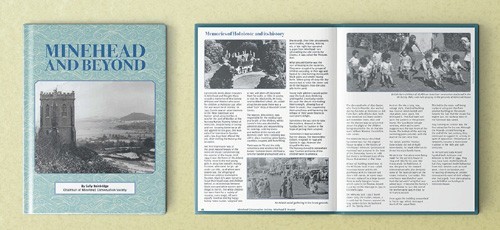
This book is a compilation of articles written for this magazine by Sally Bainbridge on behalf of Minehead Conservation Society. It contains information about the richness of West Somerset’s history; culture; people; heritage; traditions and beautiful and varied landscape. The book costs just Es and all profits go to Minehead Conservation Society.
Available to buy from AR Computing, Park Lane Home Furnishing (in their Park Lane shop), Minehead Tourist Information Centre and Townsend House (Monday am).
Office: Townsend House, Townsend Road, Minehead TA24 5RG (01643 706258) E-mail: [email protected]
